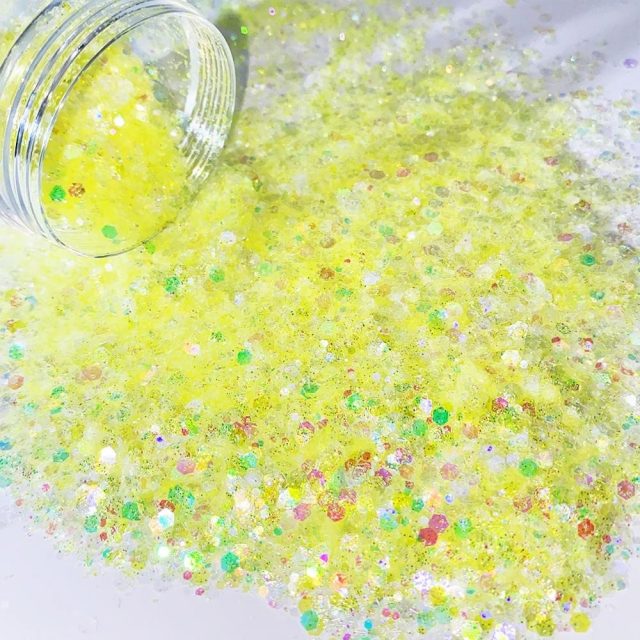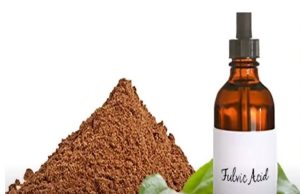To make the texture of the UV transfer process “dazzling,” the physical vapor deposition PVD (Physical Vapor Deposition) coating process is a thin film preparation technology that uses physical methods to deposit materials on the coated workpiece under vacuum conditions.
PVD technology emerged in the late 1970s, and the prepared films have the advantages of high hardness, low friction coefficient, good wear resistance, and chemical stability. The initial successful application in the field of HSS tools has attracted great attention from manufacturing industries all over the world, and people have conducted more in-depth research on coating
applications in carbide and ceramic-type tools while developing high-performance and high-reliability coating equipment.
Compared with the chemical vapor deposition CVD process, the PVD process has a low processing temperature and has no effect on the bending strength of tool material below 600℃; the internal stress state of the film is compressive stress, which is more suitable for the coating of carbide precision and complex tools; galglitter acrylic powder manufacturer PVD process has no adverse effect on the environment and is in line with the development direction of modern green manufacturing.
After the development and extension of the process, the application of PVD coating technology today is mainly divided into two categories: decorative coating and tool coating.
The purpose of the decorative coating is to improve the appearance and color of the workpiece and make the workpiece more wear-resistant and corrosion-resistant to prolong its service life; this is mainly used in various fields of the hardware industry, such as door and window hardware, locks, bathroom hardware, and other industries. The purpose of tool plating is to improve the surface hardness and wear resistance of the workpiece, reduce the friction coefficient of the surface and improve the service life of the workpiece; this is mainly used in various knives and scissors, turning tools (such as turning tools, planning tools, milling tools, drills, etc.), various hardware tools (such as screwdrivers, pliers, etc.), various molds and other products.
Vacuum ion coating equipment
PVD coating technology is mainly divided into three categories, vacuum evaporation coating, vacuum sputtering coating, and vacuum ion coating. Corresponding to the three classifications of PVD technology, the corresponding vacuum coating pieces of equipment are a vacuum evaporation coating machine, a vacuum sputtering coating machine, and a vacuum ion coating machine. In the past ten years or so, the development of vacuum ion coating technology has been the fastest, and it has become one of the most advanced surface treatment methods today. When we say PVD coating, we are referring to vacuum ion coating; when we say PVD coating machine, we are also referring to vacuum ion coating machine.
The specific principle of PVD coating (ion coating) technology is to use low voltage, high current arc discharge technology under vacuum conditions, using gas discharge to evaporate the target material and make the evaporated material and gas ionization, using the acceleration effect of the electric field, so that the evaporated material and its reaction products are deposited on the workpiece. PVD coating technology is an environmentally friendly surface treatment method that can obtain micron-level layers without pollution, and it can produce various single metal films (such as aluminum, titanium, zirconium, chromium, etc.), nitride films (TiN, ZrN, CrN, TiAlN) and carbide films (TiC, TiCN), as well as oxide films (such as TiO, etc.). The thickness of the PVD coating layer is micron level, and the thickness is thin, generally 0.3μm~5μm, among which the thickness of the decorative coating layer is generally galglitter glitter 0.3μm~1μm, so it can
PVD coating
improve various physical and chemical properties of the surface of the workpiece with almost no effect on the original size of the workpiece. They both belong to the category of surface treatment, and they both cover the surface of one material with another material in a certain way. The differences between the two are: PVD coating has a greater bonding force with the surface of the workpiece, the hardness of the coating is higher, the wear resistance and corrosion resistance are better, and the performance of the coating is more stable; PVD coating does not produce toxic or polluting substances.
Apart from this if you are interested to know about An amazing gemstone to use then visit our BUSINESS category.














